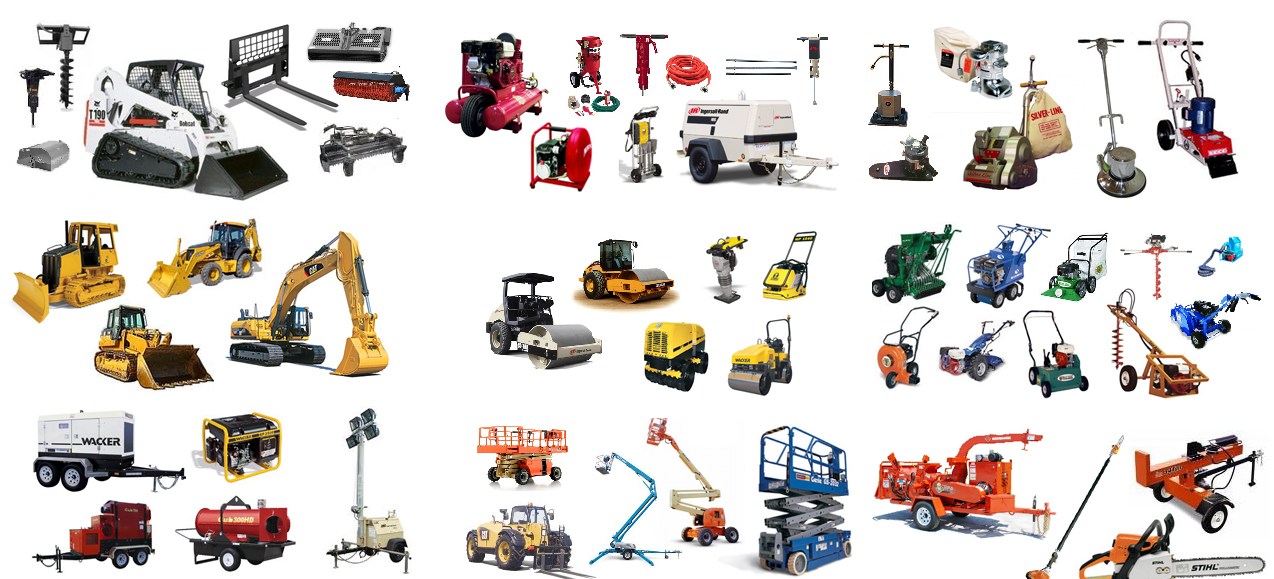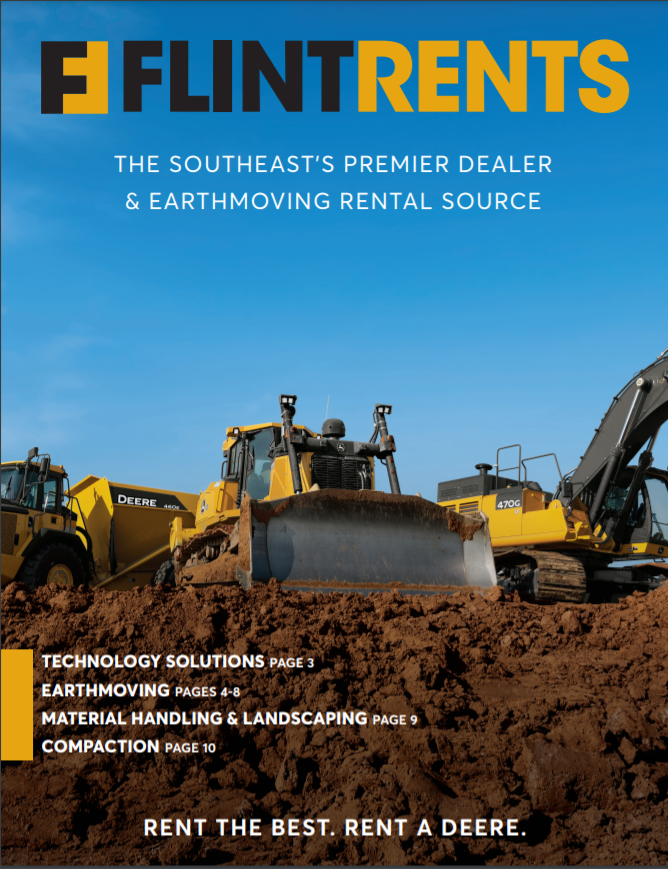Heavy Equipment Rental: Big Equipment for Any Construction Job
Heavy Equipment Rental: Big Equipment for Any Construction Job
Blog Article
Optimize Your Budget Plan by Comprehending the Costs Connected With Building And Construction Devices Rentals
Comprehending the complete extent of costs connected with building equipment leasings is critical for maximizing your budget plan. What approaches can be employed to properly take care of these prices and ensure a much more effective rental experience?
Introduction of Rental Costs
When taking into consideration building tools leasings, understanding the linked costs is vital for effective budgeting and job planning. Rental prices can vary significantly based upon several aspects, including tools type, period of rental, and place. The first rental cost typically reflects the devices's market need and its associated operational capabilities, affecting the total cost.
Along with the base rental price, ancillary costs might occur, such as transport fees, fuel surcharges, and maintenance costs. It is necessary to make up these additional expenses to accurately assess the complete cost of renting devices. The rental duration can impact pricing; longer rentals may qualify for reduced prices, while temporary services could incur greater day-to-day costs.

Breakdown of Rental Prices
A thorough understanding of rental prices is necessary for service providers and task supervisors aiming to optimize their spending plans. Rental rates for construction devices normally contain a number of components, including base prices, time-based fees, and usage fees.
Base prices are the core fees connected with the service of the devices, typically identified by the kind and dimension of the machinery. These rates can differ substantially, affected by aspects such as equipment need, availability, and local market patterns. Time-based charges, which might be daily, weekly, or monthly, serve to suit different job timelines and rental periods.
Furthermore, rental rates may include use fees, which are appropriate when devices is used beyond a specified threshold, making certain that the rental business can make up deterioration. Seasonal demand changes can also impact rental rates, with peak construction periods usually regulating higher rates.
Furthermore, understanding the rental firm's policies concerning upkeep and insurance can give further insight right into the overall expense framework. By evaluating these elements, professionals can make informed decisions, making sure the selection of rental devices lines up with both task needs and spending plan constraints.
Extra Costs to Take Into Consideration
Comprehending the ins and outs of additional fees is important for service providers to handle their overall rental costs efficiently. Beyond the conventional rental prices, different supplementary charges can considerably impact the total cost of equipment leasing. These charges commonly consist of shipment and pickup charges, which can additional resources differ based on distance and logistics associated with transporting the equipment to and from the work website.
In addition, some rental firms may impose fuel additional charges if the tools is returned with much less fuel than when rented out. It is additionally important to be mindful of possible cleaning fees, particularly for customized tools that calls for complete maintenance after use.

Extensively examining the rental contract and making clear these extra fees ahead of time can help contractors make sure and avoid unanticipated costs that budget plans stay undamaged throughout the project lifecycle.
Upkeep and Repair Work Expenditures
Regular repair and maintenance costs are often ignored factors that can substantially affect the total expense of building and construction devices services. When renting devices, it is critical to consider not just the rental costs but likewise the possible costs connected with maintaining the equipment in optimum operating condition.
Lots of rental firms consist of standard maintenance as component of the rental arrangement; however, much more unexpected malfunctions or comprehensive repair services can bring about extra expenditures. It's important to review the rental agreement carefully to comprehend what upkeep solutions are covered and what responsibilities drop on the tenant.
Moreover, tools that is not properly maintained can lead to inefficiencies at work site, possibly enhancing and creating hold-ups project expenses. To reduce these dangers, it is recommended to carry out regular evaluations and maintain open communication with the rental company concerning any issues that arise throughout use.
Insurance Policy and Responsibility Expenses
Insurance coverage and obligation costs are critical components that can significantly influence the total cost of construction equipment services (heavy equipment rental). These prices make sure that both the rental company and the customer are secured from potential monetary losses developing from crashes, damages, or theft throughout the rental period

Additionally, clients ought to recognize any type of deductibles or exemptions in the insurance plan, as these can influence prospective out-of-pocket expenditures. Comprehending the terms of any insurance policy protection is essential to prevent unanticipated costs. Eventually, budgeting for insurance policy and obligation costs can aid make sure a smoother rental experience and safeguard against monetary threats associated with building tasks.
Conclusion
In verdict, a thorough understanding of the expenses connected with construction devices leasings go to my site is vital for effective budget monitoring. Eventually, informed decision-making regarding equipment services adds to the general success of construction endeavors.
Rental prices can vary dramatically based on numerous elements, including devices type, period of leasing, and area (rental company near me). The rental period can influence prices; longer rentals might qualify for affordable rates, while short-term rentals might sustain higher everyday charges
By performing complete research and involving with reliable rental companies, service providers can successfully navigate the intricacies of rental rates, eventually optimizing their economic sources.
Beyond the typical rental rates, numerous additional costs can dramatically affect the complete cost of devices service. Rental companies typically supply liability insurance coverage that covers injuries to 3rd parties or damages to residential or commercial property, while devices damages insurance coverage can cover the price of repair work or replacement if the rented out tools is damaged.
Report this page